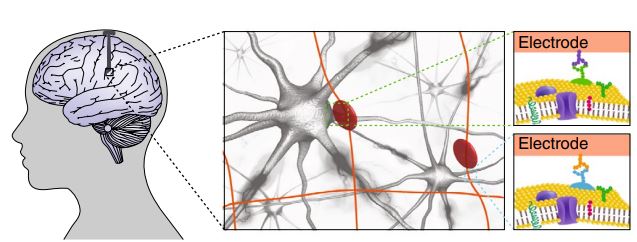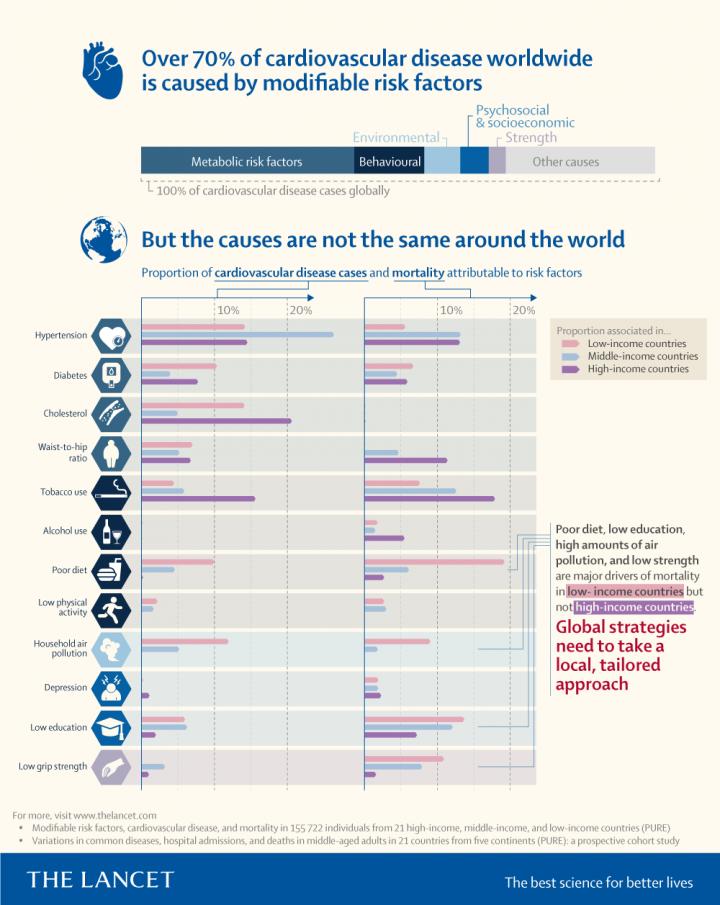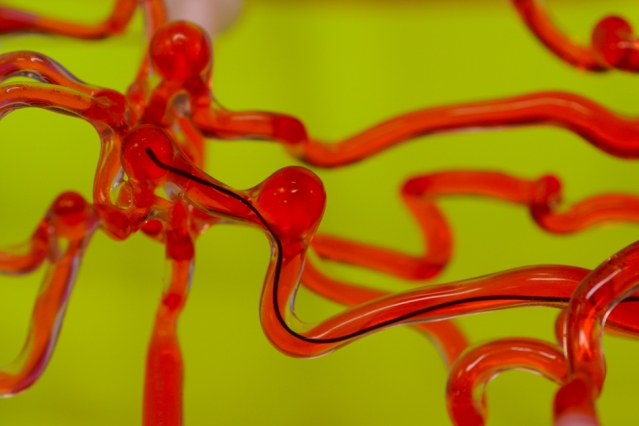In 1227, Genghis Khan, the founder of the Mongol Empire, died, leaving 129,000 soldiers to carry on his war of conquest. But they didn't do it in one unit, his sons and brothers were all given troops. One of the deceased sons, Jochi, had a son named Batu, and after all of his uncles died as well, Batu, founder of the Golden Horde in the western part of the empire, became the most feared Mongol of his generation.
String Theory, stem cells, epigenetics, antioxidants, they've all been important basic research that got exaggerated beyond recognition, which got media attention, which got people rushing into the fields and led to even more papers making increasingly cosmic claims until the public stopped believing any of the hype, which is where they should have been all along.
Make way for the microbiome. What was once a goofy yogurt claim - as if your trillions of bacteria were going to be impacted by a half cup of overpriced dairy goop - became mainstream supplement gold.
Implanted brain electrodes can help alleviate symptoms of tremors like with Parkinson's disease but current probes face limitations due to their size and inflexibility.
Neurotechnology may be on the verge of a major renaissance and
mesh electronics could lead to a way to design personalized electronic treatment for just about anything related to the brain.
Emily E. Petersen, MD; Nicole L. Davis, PhD; David Goodman, PhD; et al. have produced
a report on racial disparities in pregnancy-related deaths between 2007 and 2016.
The sample is small, only about 700 women die of pregnancy or its complications each year, and that is out of 6,000,000 pregnancies, so it is hard to draw conclusions but data from CDC’s Pregnancy Mortality Surveillance System (PMSS) for 2007–2016 find that black and American Indian/Alaska Native women had significantly more pregnancy-related deaths per 100,000 births than did white, Hispanic, and Asian/Pacific Islander women.
Two statistical analyses looked at common disease incidence, hospitalization and death, plus modifiable cardiovascular risk factors in middle-aged adults across 21 High-Income, Middle-Income, and Low-Income Countries and found that
cancer is now the leading cause of death in wealthier countries.
That's a good thing. It means cardiovascular deaths are in decline, which means greater longevity. The number one risk factor for cancer is instead age.
Scientists believe two large holes in the roof of a T. rex's skull, called the dorsotemporal fenestra, were filled with muscles that assist with jaw movements.
But Casey Holliday, a professor of anatomy at University of Missouri-Columbia,
didn't think that made much sense. "It's really weird for a muscle to come up from the jaw, make a 90-degree turn, and go along the roof of the skull. Yet, we now have a lot of compelling evidence for blood vessels in this area, based on our work with alligators and other reptiles."
Though "medical" marijuana has long been available to much of the public, to the medical community it's been a joke. For example, over 60 percent of pain patients are older women, but the majority of medical marijuana users who got it for pain were young men. It's a nice non-specific system on a subjective scale so it became an easy route to get legal access to a drug.
And it is a drug, it does things to receptors, but what they are really accomplishing is unclear.
Humanities academics have so long signaled toward progressivism - even when progressives were eugenicists - that it is harm to imagine that they wouldn't become more inclusive without having it called out, but perhaps that is the nature of truly lacking inclusivity.
You don't know you are missing something if everyone tells you that you're not. Like intolerance for plagiarism.
To clear blood clots in the brain, doctors often perform an endovascular procedure, where a surgeon inserts a thin wire through a patient’s main artery, usually in the leg or groin. Guided by a fluoroscope that simultaneously images the blood vessels using X-rays, the surgeon then manually rotates the wire up into the damaged brain vessel.
A catheter can then be threaded up along the wire to deliver drugs or clot-retrieval devices to the affected region.
Soon, a snake may be able to do it without the exhausting manual effort by a surgeon.
The prototype of a catalytic reactor, an electrolyzer, uses carbon dioxide as its feedstock and produces high concentrations of formic acid, pure liquid fuel.
In tests, the new electrocatalyst reached an energy conversion efficiency of about 42%. That means nearly half of the electrical energy can be stored in formic acid as liquid fuel. Formic acid produced by traditional carbon dioxide devices needs costly and energy-intensive purification steps.










